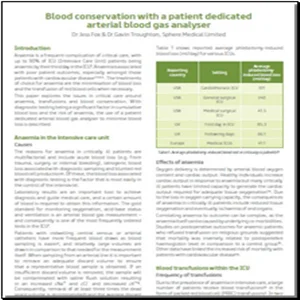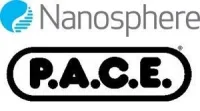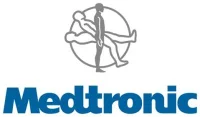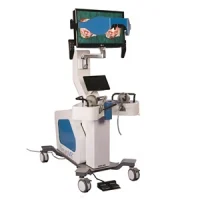90% chance of anaemia in ICU patients after 3 days - diagnostic blood sampling a key factor
Sphere Medical, innovator in critical care monitoring and diagnostics equipment, has published a white paper exploring the issues in critical care around anaemia, transfusions and blood conservation. Entitled ‘Blood conservation with a patient dedicated arterial blood gas analyser’, the new white paper is available for download from Sphere’s online clinical resource centre.
Anaemia is a frequent complication in critical care and is associated with poor patient outcomes. It results from many factors including acute blood loss, iatrogenic blood loss from diagnostic blood sampling and blunted red blood cell production. Since up to 90% of patients develop hospital-acquired anaemia by their third day in the ICU (Intensive Care Unit) with many requiring subsequent transfusions; blood conservation strategies can be of significant benefit to patients and will help reduce costs of care. Transfusion costs alone can be £763 for two units of blood [1].
The new paper observes that within the ICU setting, the total amount of diagnostic (iatrogenic) blood loss is a significant predicator of anaemia and subsequent allogeneic transfusion. Notably, iatrogenic blood loss is the factor most easily controlled by the intensivist. However, laboratory results are crucial for diagnosis and guiding medical care, and taking a certain amount of blood is essential to obtain this information. Discussing in depth the main methods of reducing the contribution of blood tests to the incidence of iatrogenic anaemia, the paper notes three key blood conservation strategies - appropriate sampling; drawing smaller samples and re-infusion of discard volume.
One of the most frequently ordered tests in the ICU is an arterial blood gas measurement as it is the gold standard for monitoring oxygenation, acid-base status and ventilation [2]. Consequently, the paper moves on to discuss how the new Proxima patient dedicated blood gas analyser supports all blood conservation strategies, whilst also enabling more frequent measurements if appropriate.
Operating as a closed system integrated into the patient’s arterial line, the Proxima blood gas analyser minimises blood handling and infection risk, as a blood sample is drawn directly from the patient and over the Proxima sensor for analysis. Crucially, the device also results in zero net loss of blood, as all sample is returned to the patient following its analysis. Results are displayed immediately on the patient’s bedside monitor.
“As highlighted in our newly published white paper, transfusions are associated with poorer patient outcomes and longer stays, with subsequent cost implications. Therefore, blood conservation strategies have the potential to not only benefit patients, but also help reduce costs of care,” said Dr Gavin Troughton, Sphere Medical. “Proxima has been specifically designed to address blood conservation strategies whilst also allowing more frequent measurement if required, therefore enabling closer monitoring of ICU patients at critical times.”
References:
1. Abraham I, Sun D. The cost of blood transfusion in Western Europe as estimated from six studies. Transfusion 2012; 52: 1983-1988.
2. Woodhouse S., Complications of critical Care: Lab testing and iatrogenic anemia. Med Lab Obs. 2001, 33(10):28-31
Source & Image Credit: Sphere Medical










